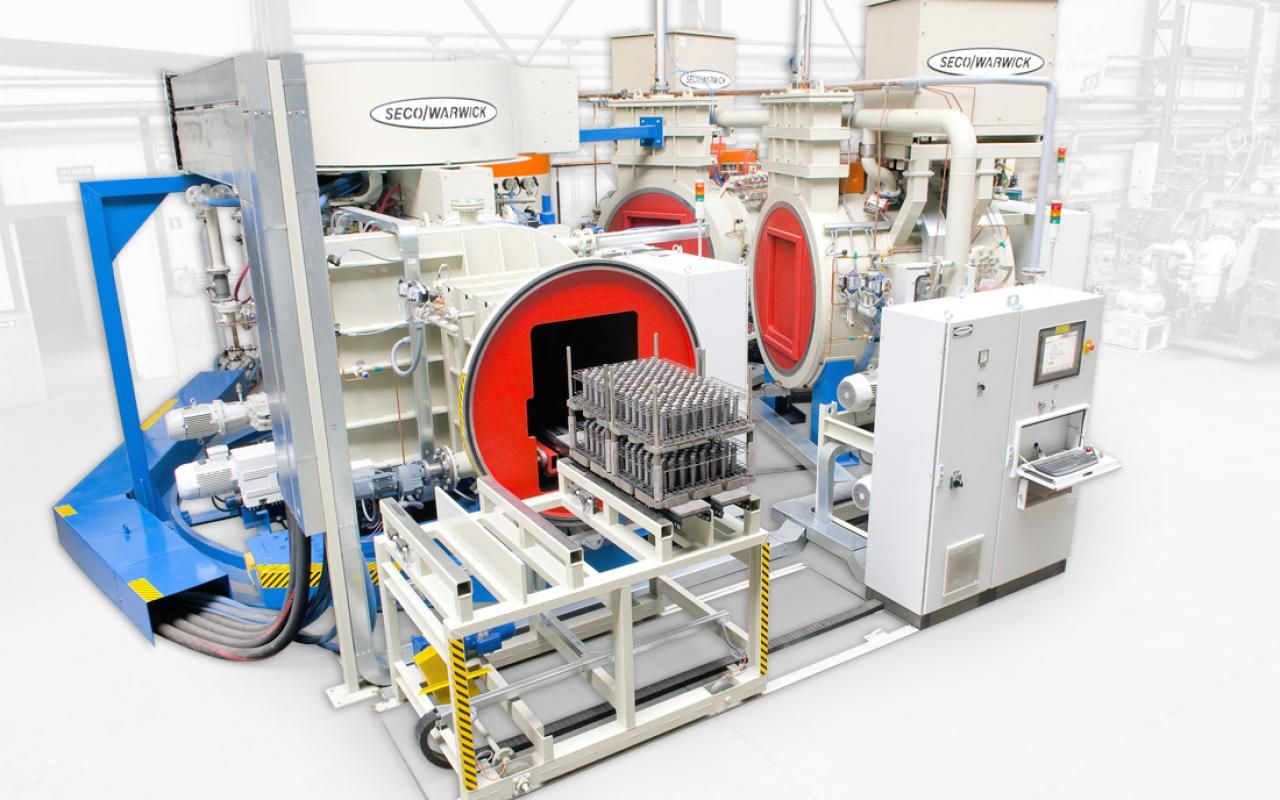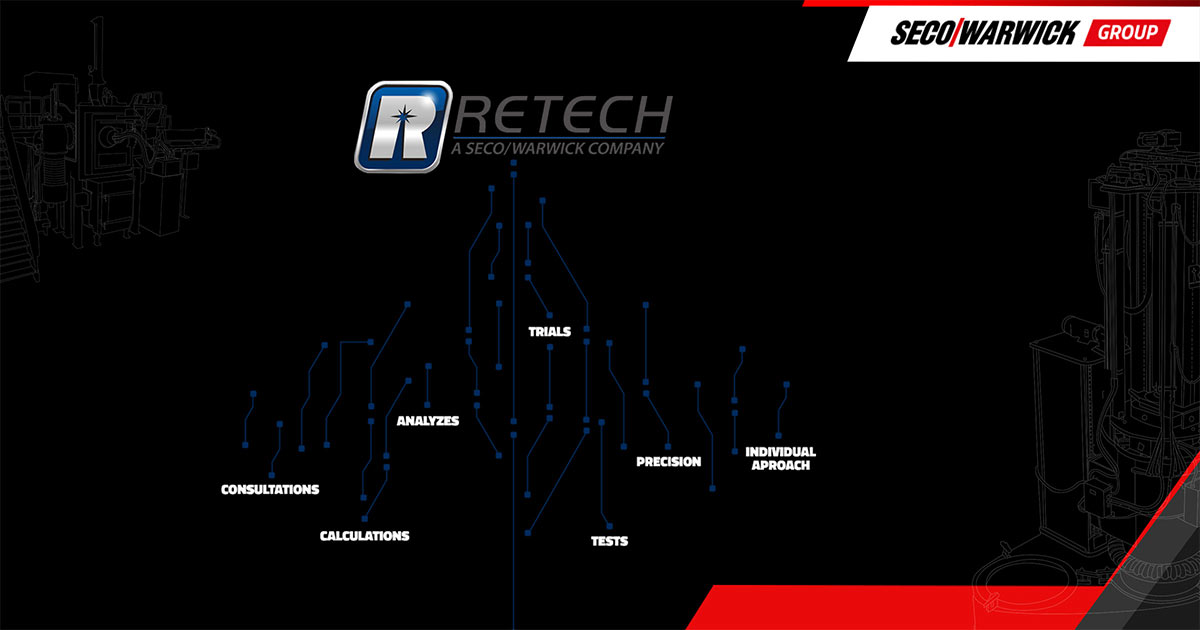What is High Pressure Gas Quenching (HPGQ)?
The most common definition for High Pressure Gas Quenching is accelerating the rate (speed) of quenching by densification and cooling of gas. One of the reasons for the intense interest in this quenching technique is related to improved part distortion with full hardness. A critical concern is to avoid sacrifice of metallurgical, mechanical or physical properties. That is, retain the ability to transform a material to a microstructure that is similar, identical or superior to that of a known quenching medium (e.g. oil or salt). Common quench gases include nitrogen, argon and helium. Hydrogen, although excellent with respect to heat transfer, is seldom used as a quench gas due to safety considerations.
High Pressure Gas Quenching (HPGQ) offers a number of attractive benefits including unprecedented part cleanliness and less overall dimensional change. Fixed or variable cooling rates are applied as required to control hardness and distortion with the ability to vary quench pressure depending on load size, material type and part section thickness. Product consistency and repeatability are excellent using high pressure gas quenching.
Looking for vacuum furnaces?
Check our solutions!




